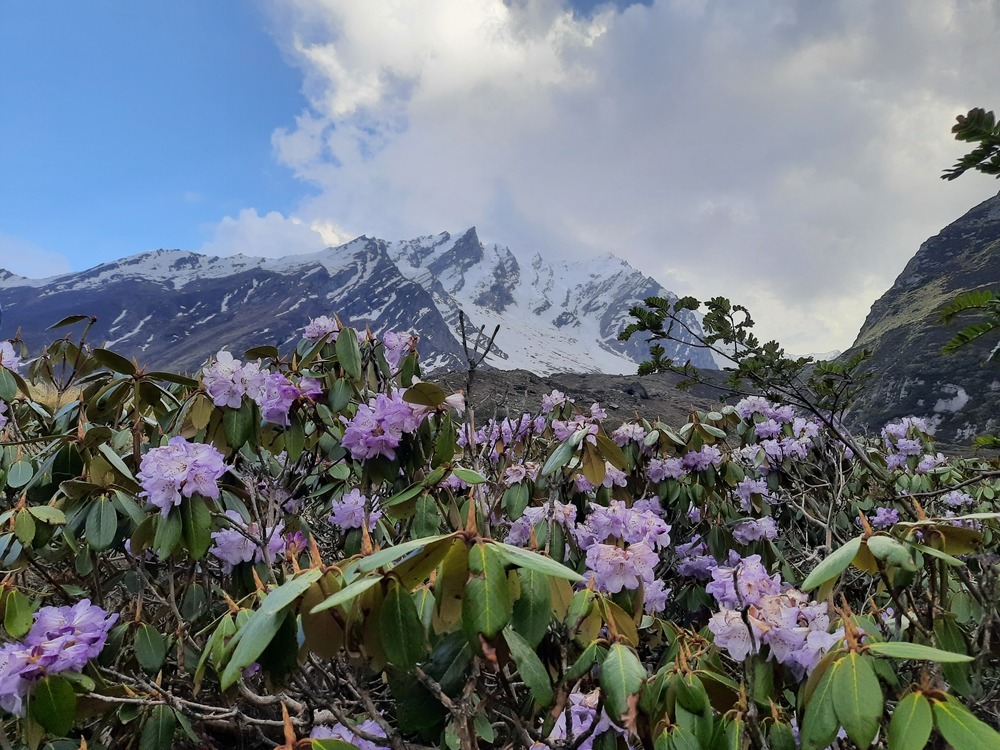I’ve trekked quite a few trails in the Indian Himalayas, but nothing came close to what the Bali Pass trek in Uttarakhand had to offer. Sitting at an altitude of 16,207 feet (4,940 meters), this high-altitude adventure isn’t your average Himalayan walk. It’s raw, wild, untamed—and that’s exactly what makes it unforgettable.
Let me take you through everything you need to know, minus the fluff and wasted time.
Why Bali Pass?
The Bali Pass isn’t your usual “weekend escape” trek. This one punches hard—with dramatic scenery, unpredictable weather, glacial crossings, and real-deal mountain energy. Connecting the sacred Yamunotri valley with the secluded Har Ki Dun valley, it serves up a rare mix of alpine meadows, sharp ridgelines, and remote Himalayan villages.
And trust me, this isn’t a commercial highway like Kedarkantha or Triund. The silence here is thick. The stars feel closer. And the challenges? Real.
Trek Stats at a Glance
- Altitude: 16,207 ft (4,940 m)
- Difficulty: Difficult
- Duration: 7-9 days
- Best Season: Mid-May to early July, and September to October
- Region: Uttarkashi district, Uttarakhand
- Starting Point: Sankri
- Ending Point: Janki Chatti (Yamunotri)
Highlights That Make It Worth Every Step
1. Ruinsara Tal – A Slice of Heaven
Midway through the trek, I reached Ruinsara Tal, a high-altitude glacial lake surrounded by the towering Swargarohini peaks. The serenity here is surreal. No mobile network. No honks. Only you, the lake, and the dreamy sky. This was probably the best night I’ve ever camped outside.
2. The Snowy Push to the Pass
Crossing the Bali Pass isn’t just a walk in the park. On summit day, you’ll start in the dark, climb steep ice slopes, and drag yourself across the pass where every breath gets harder. But when you finally look over the other side—Yamunotri Valley glistening below, Bandarpoonch rising far ahead—you’ll forget all the effort. You made it. And it’s all yours for that one moment.
3. Himalayan Villages Stuck in Time
Before hitting the high-altitude sections, I passed through Osla and Gangad, remote villages with wooden houses and timeless traditions. The warmth here is unmatched. I shared a cup of tea with a local family and honestly, it was one of the most genuine travel moments I’ve had.
4. The Wild Factor
This trail is rugged and less commercial, which means no big crowds or unnecessary noise. It’s just you and nature. But that also means you have to be fully prepared. Altitude sickness is real here. There are no tea houses once you cross Ruinsara. Everything depends on how well your team is organized.
How I Planned My Trek
I didn’t want to do this one solo or rely on last-minute arrangements. It’s not the kind of trek you can risk winging.
So after quite a bit of research and hearing from other trekkers, I went ahead with a team that knows this route inside-out. I chose The Searching Souls for the logistics and guiding of Bali Pass Trek—and they nailed it. Their lead guide had done the pass 15+ times, and that kind of experience shows when weather turns or plans change.
No pushy marketing, no spoon-feeding. Just good solid support and mountain sense. That’s exactly what I needed.
Who Is This Trek For?
Let me be honest—this trek is not for beginners. If you haven’t done a couple of 13,000 ft+ Himalayan treks before, I’d suggest starting smaller. Bali Pass demands:
- Prior high-altitude trekking experience
- Good physical stamina (cardio, core, legs)
- Mental toughness
- Comfort with snow/ice walks
If you tick those boxes, you’re in for the ride of a lifetime.
Gear Checklist (Don’t Skip This)
Bali Pass doesn’t forgive gear mistakes. Here’s what I packed:
- Layered clothing: Base layer + fleece + down jacket + waterproof shell
- Sturdy trekking boots (not sports shoes!)
- Microspikes and gaiters for snow days
- Trekking poles
- High SPF sunscreen and lip balm
- Woolen gloves, beanie, socks
- Quick-dry pants and thermals
- Headlamp (summit day starts early)
- Good quality backpack with rain cover
Also, carry your own water purification tablets, personal meds, and a trail-ready attitude.
Altitude and Acclimatization
This was a slow climb, which helped. The itinerary with The Searching Souls was paced well—two days were used just to get the body used to higher ground before attempting the pass. Still, I felt a slight headache at Ruinsara and took a rest+hydration day before pushing ahead.
AMS is real here. Don’t underestimate it.
Food and Stay
All camping after Osla. Meals were basic but hot—dal, rice, sabzi, sometimes soup. You burn a lot of calories, so everything tastes amazing in the cold. The tents were warm at night, the sleeping bags were cosy, and the stars did the rest of the magic.
Final Words—Was It Worth It?
Of course. If you want an authentic Himalayan experience over the marketed, Instagrammed one, Bali Pass is a fantastic destination. It challenges you, rewards you, humbles you. The landscapes go from forests to meadows to glaciers in just a few days. The silence out there speaks loud. And when you’re standing at 16,000 ft looking out at peaks that don’t even have names, you know you’ve touched something primal.
I’d do it again. And I’d trust the same team again. If you’re ready—truly ready—this trek will change you.
Quick Recap
| Feature | Details |
|---|---|
| Trek Duration | 7–9 Days |
| Max Altitude | 16,207 ft |
| Trek Level | Difficult |
| Start Point | Sankri |
| End Point | Janki Chatti (Yamunotri) |
| Best Time | May–June, Sept–Oct |
| Recommended Company | The Searching Souls (guided safely) |
FAQs
Q1: Is Bali Pass trek safe?
If done with a seasoned guide and proper prep, yes. It’s challenging but manageable with experience.
Q2: What’s the fitness level required?
High. You should be able to walk 10–12 km a day in the mountains, with steep climbs.
Q3: Can beginners try Bali Pass?
Not advised. Try a few moderate treks above 13,000 ft first.
Q4: Is there mobile network during the trek?
Up to Osla, you might get patchy signals. Beyond that, complete blackout.
Q5: How to reach the base village Sankri?
Drive from Dehradun (approx. 10 hours). Regular taxis and buses are available.


